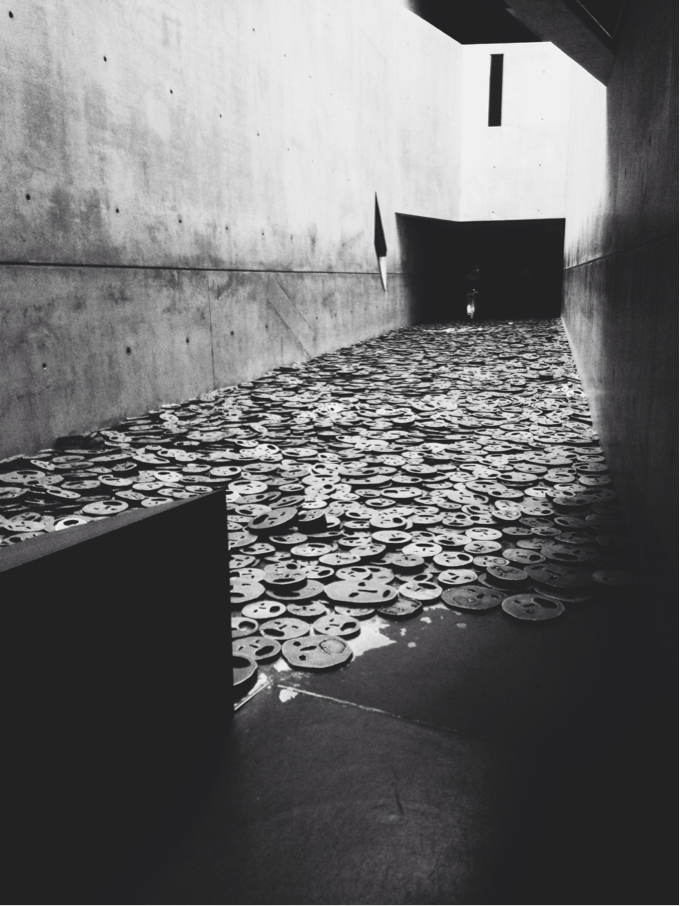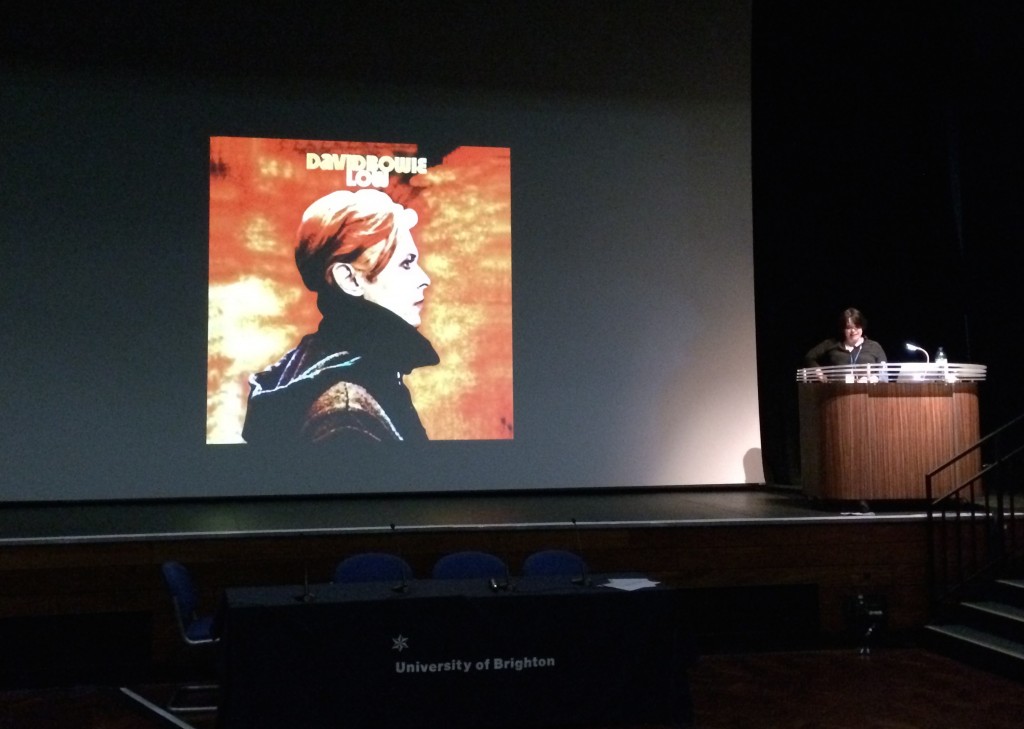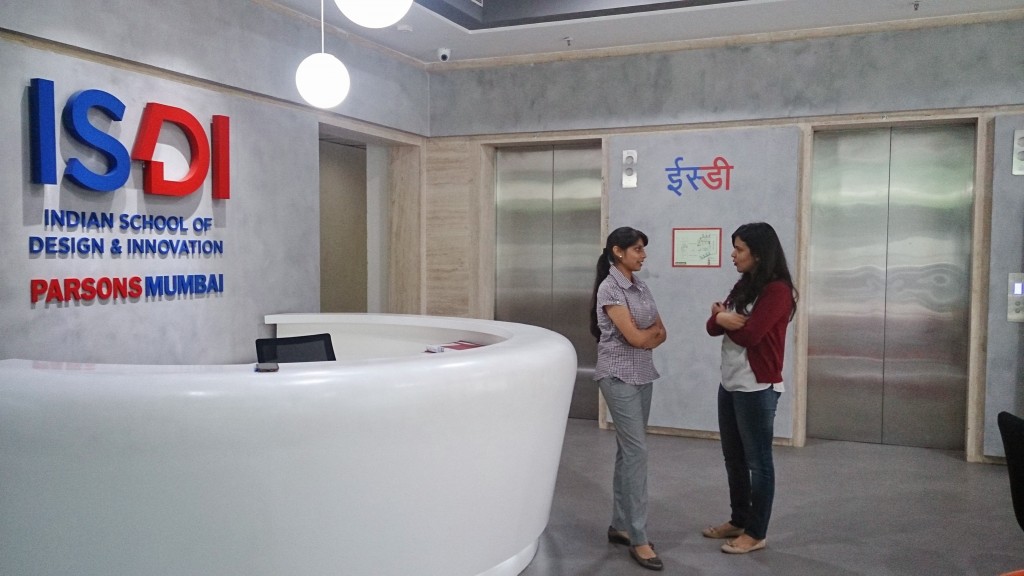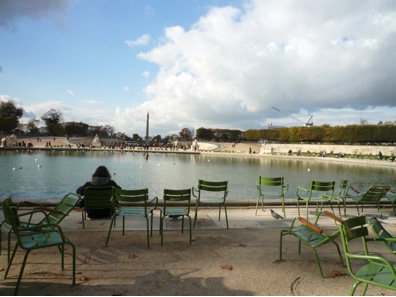Wendy Fraser, a second year studying BA (hons) History of Art and Design at the University of Brighton, delves into the lives of the Bloomsbury Group on a visit to their idiosyncratic and highly decorated home, Charleston.
On Thursday the 29th of September a group of second year students enjoyed a trip to Charleston, a 17th century farmhouse set on the Firle Estate deep in the Sussex countryside. The artist Vanessa Bell (1879-1961) moved into Charleston in 1916 with her two sons, her lover the painter and designer Duncan Grant (1885-1978) and his lover, the writer Bunny Garnett. The house was perfectly located nearby to Vanessa Bell’s novelist sister Virginia Woolf’s Sussex home and the neighbouring farm provided Grant and Garnett with essential war work thus releasing them from conscription during WWI.
Bell and Woolf were original members of ‘The Friday Club’, a group of writers, thinkers and artists who met weekly from 1905 onwards to discuss ideas in their home at 46 Gordon Square, London. After the artists exhibited at the ‘Post-Impressionism Exhibition’ in 1912 they became known as ‘The Bloomsbury Group‘. Charleston was to remain their home, studio, and hub of Bloomsbury activity for over 60 years until Duncan Grant’s death. Many key figures from the period’s literary and artistic worlds visited the house including Lytton Strachey, Dora Carrington, E.M. Forster and Roger Fry (who had established the Omega Workshops for which both Bell and Grant designed textiles and ceramics). The stories and interpersonal relationships behind the inhabitants of Charleston are almost as interesting as their artistic endeavours. There are eyebrow-raising tales of the sexual shenanigans within the group, unrequited love and personal tragedy.
On our guided tour we viewed 10 rooms: Clive Bell’s study (Clive Bell was an art critic, Vanessa Bell’s husband and father to her sons), the Dining Room, Library, Garden room, the bedrooms of Clive Bell, Vanessa Bell, Duncan Grant and their friend, the economist Maynard Keynes, the spare room and the pièce de résistance – the studio shared by Grant and Bell. Charleston was always rented from the so the interior decoration of the house was always an organic process with nothing intended to be particularly permanent or durable. The dining room walls were stencilled by Duncan Grant in a geometric design with the paint drips clearly visible, there are numerous examples of hand-painted furniture with headboards, chimney boards, wardrobes and tables decorated with either artist’s work and a peak behind the doors reveals some beautiful paintings. A number of the window embrasures have been painted and touchingly around Vanessa Bell’s bedroom window Grant painted Henry, their pet lurcher to watch over her while she slept and a cockerel above the window to wake her up in the morning.

History of Art and Design Year 2 Welcome Week study visit to Charleston Farm House. From the left, Wendy Fraser, Harriet Dakin, Dr. Anna Vaughan Kett, and Lisa Hinkins in the garden of Charleston. Photo by Dr. Yunah Lee.
Charleston’s furniture and decorative items are an eclectic mix of heirlooms and contemporary pieces – a 1960’s chintz bed throw from Habitat, beds from Heals, psychedelic fabric Grant brought back from Morocco displayed with 17th century carved and painted Venetian chairs, Julia Stephen’s dressing table (Vanessa Bell and Virginia Woolf’s mother), an 18th century square piano, an ornate north Italian console table, kitsch Staffordshire pottery figures and a rush-seated Sussex settle. The paintings on display are a combination of Vanessa Bell and Duncan Grant’s works augmented with paintings, etchings and prints of artists whose work they admired- Delacroix, Sickert, Toulouse Lautrec, Picasso, George Bergen, Segonzac and Pierre Roy. Some of the paintings Grant swapped his pieces with fellow artists for and there are a few works inscribed to Clive Bell from French artists of his acquaintance through his role as an art critic.
Charleston does still feel very much like a family home where it is easy to imagine the daily life of both domesticity – meals be cooked and eaten, children being educated and weekend visitors being entertained in the beautiful gardens coupled with a prodigious amount of creativity – sketching, painting canvases and furniture, writing, sewing and knitting in a harmonious and productive artistic life. It is a truly fascinating place to visit.

















